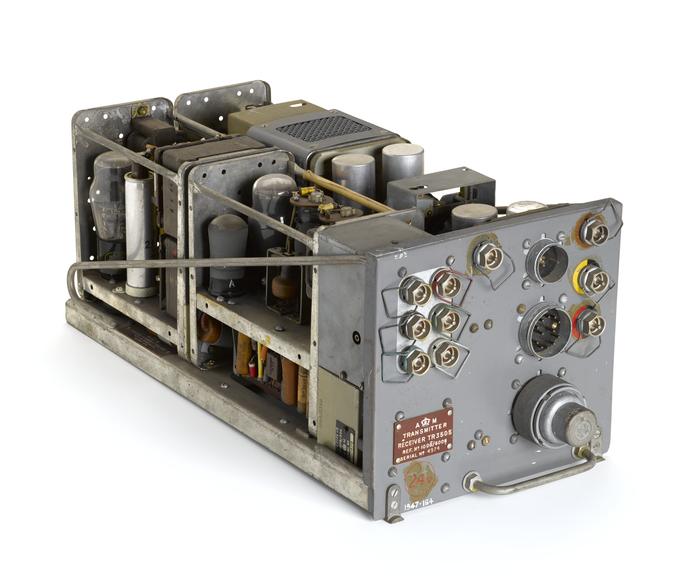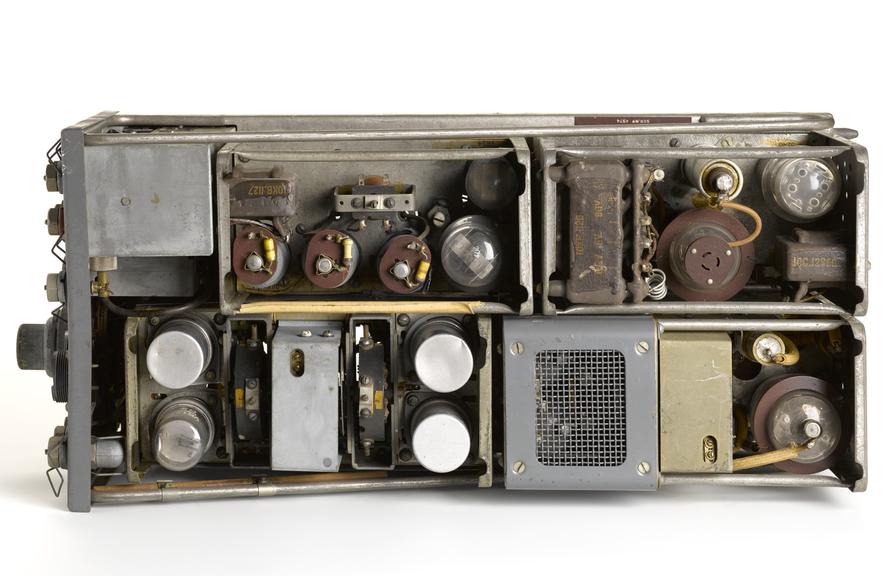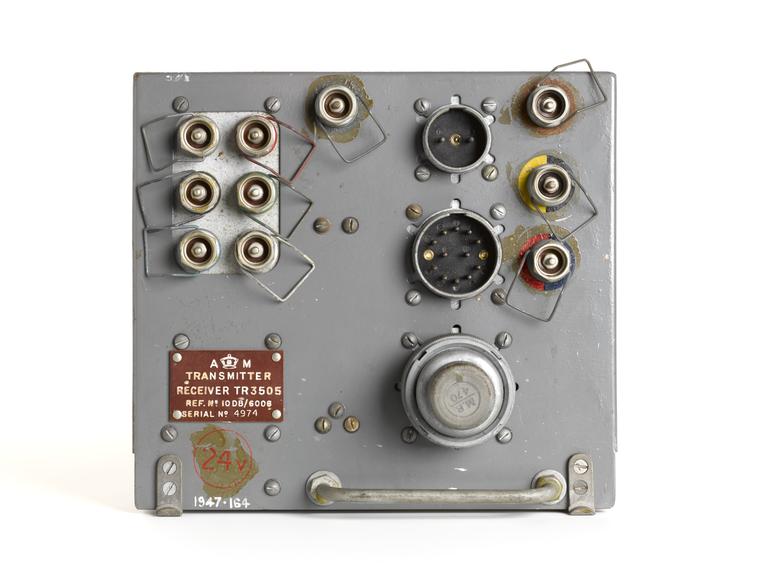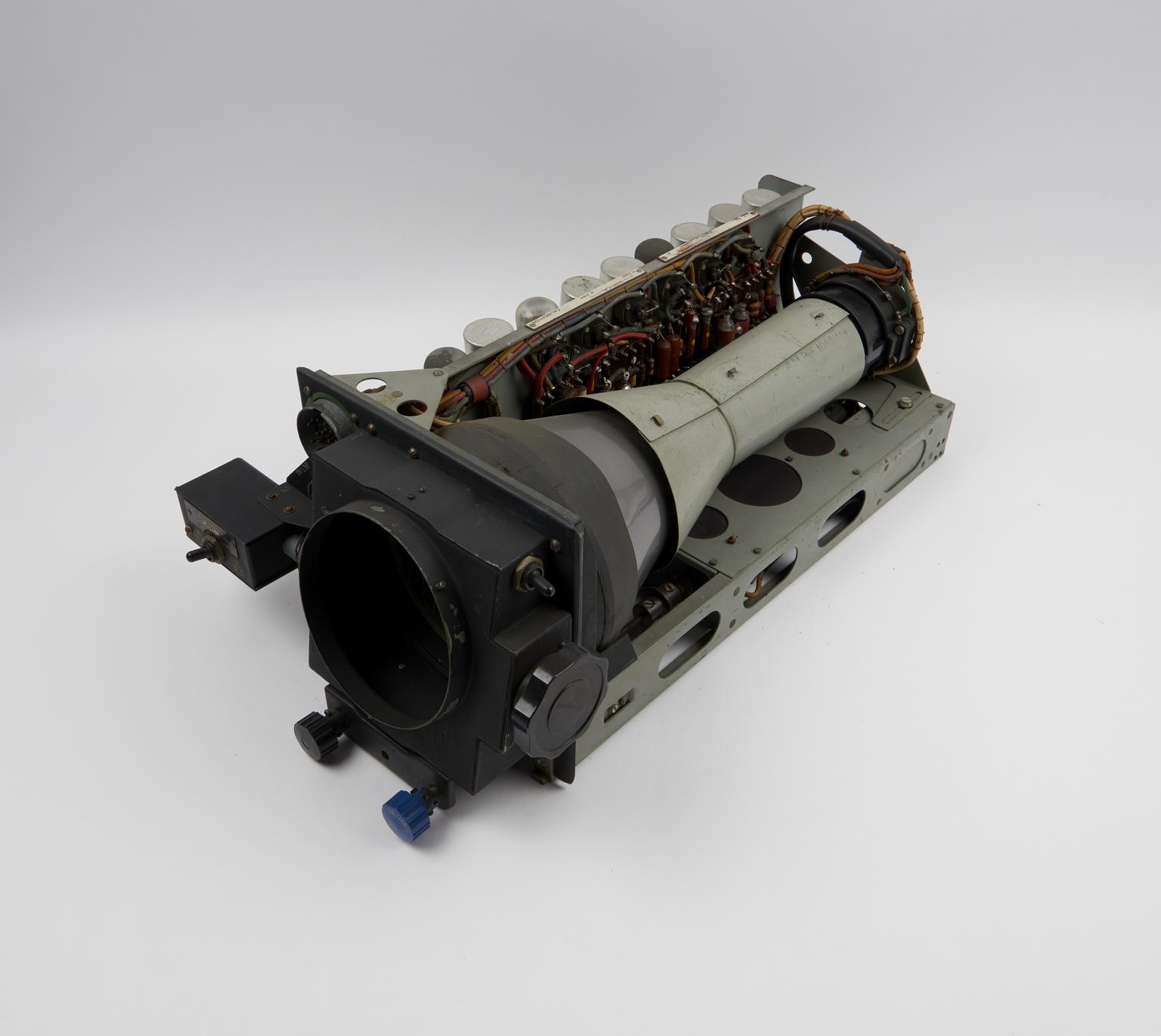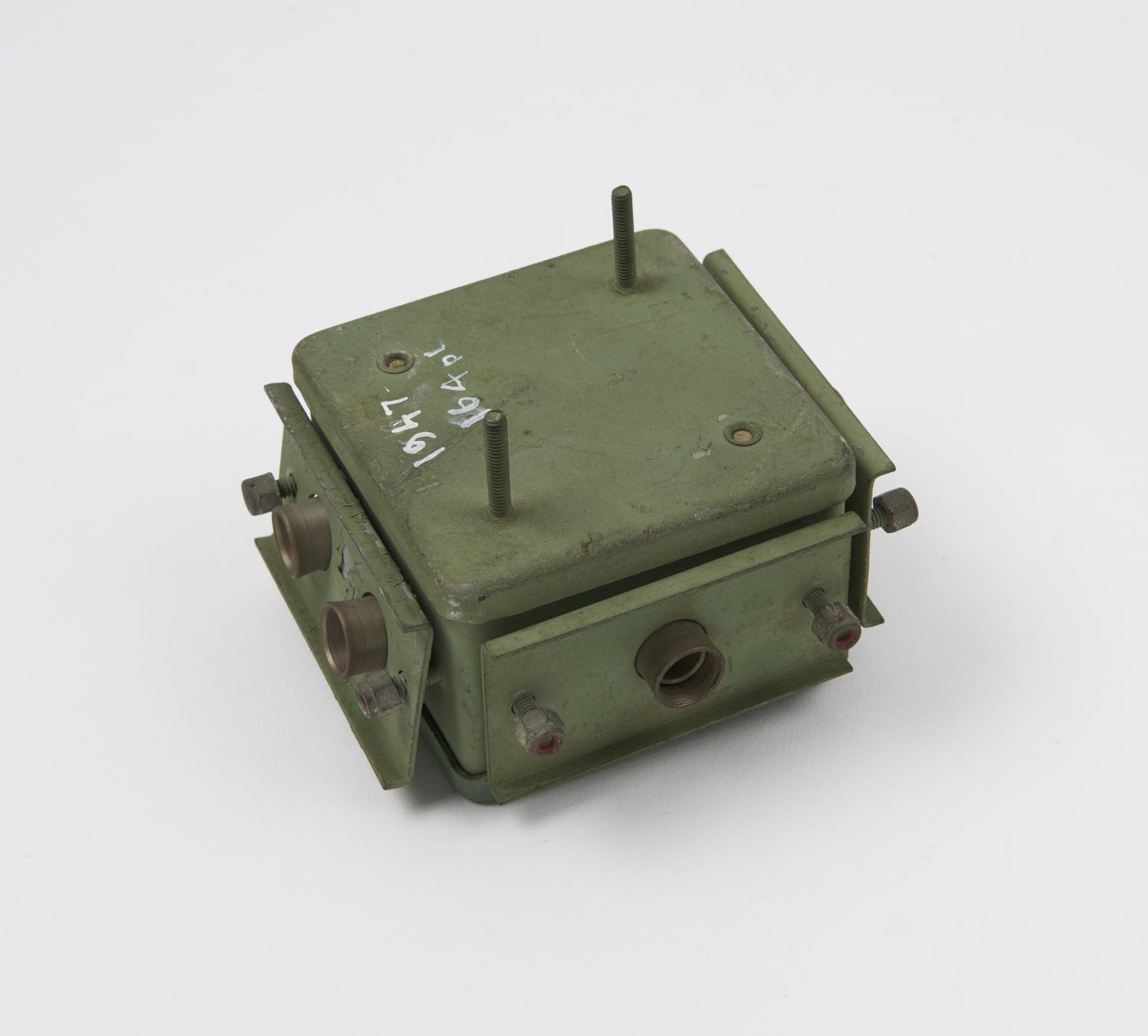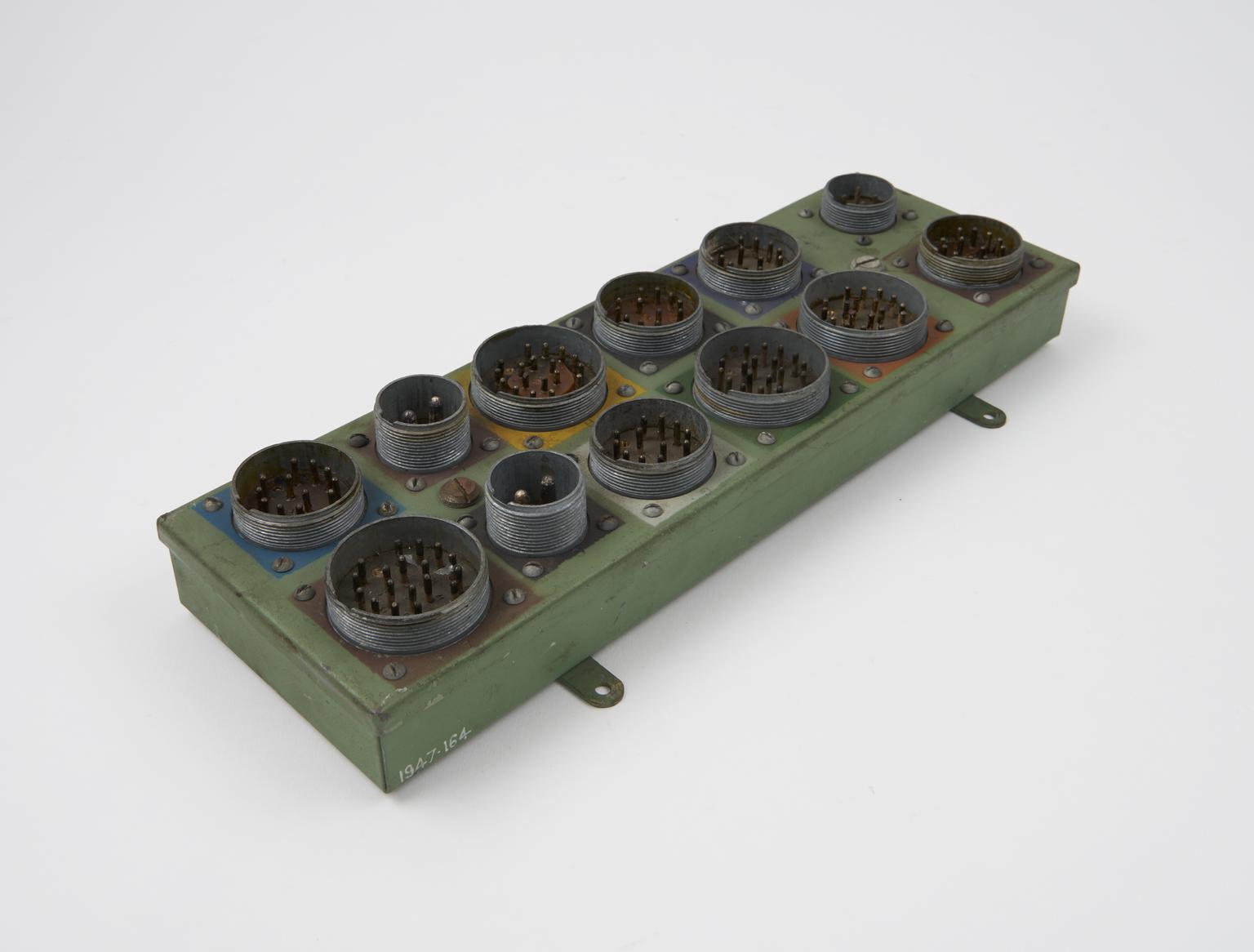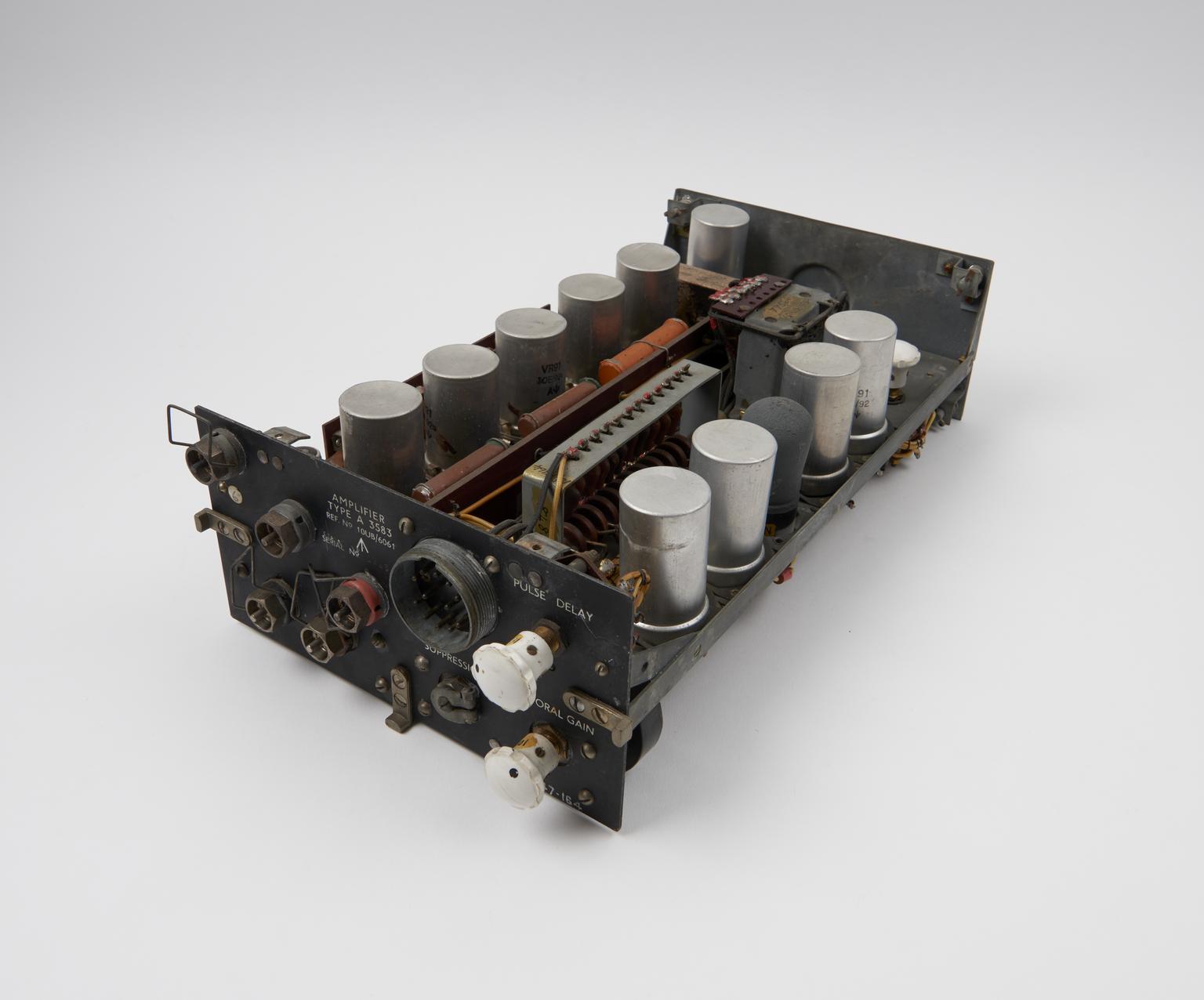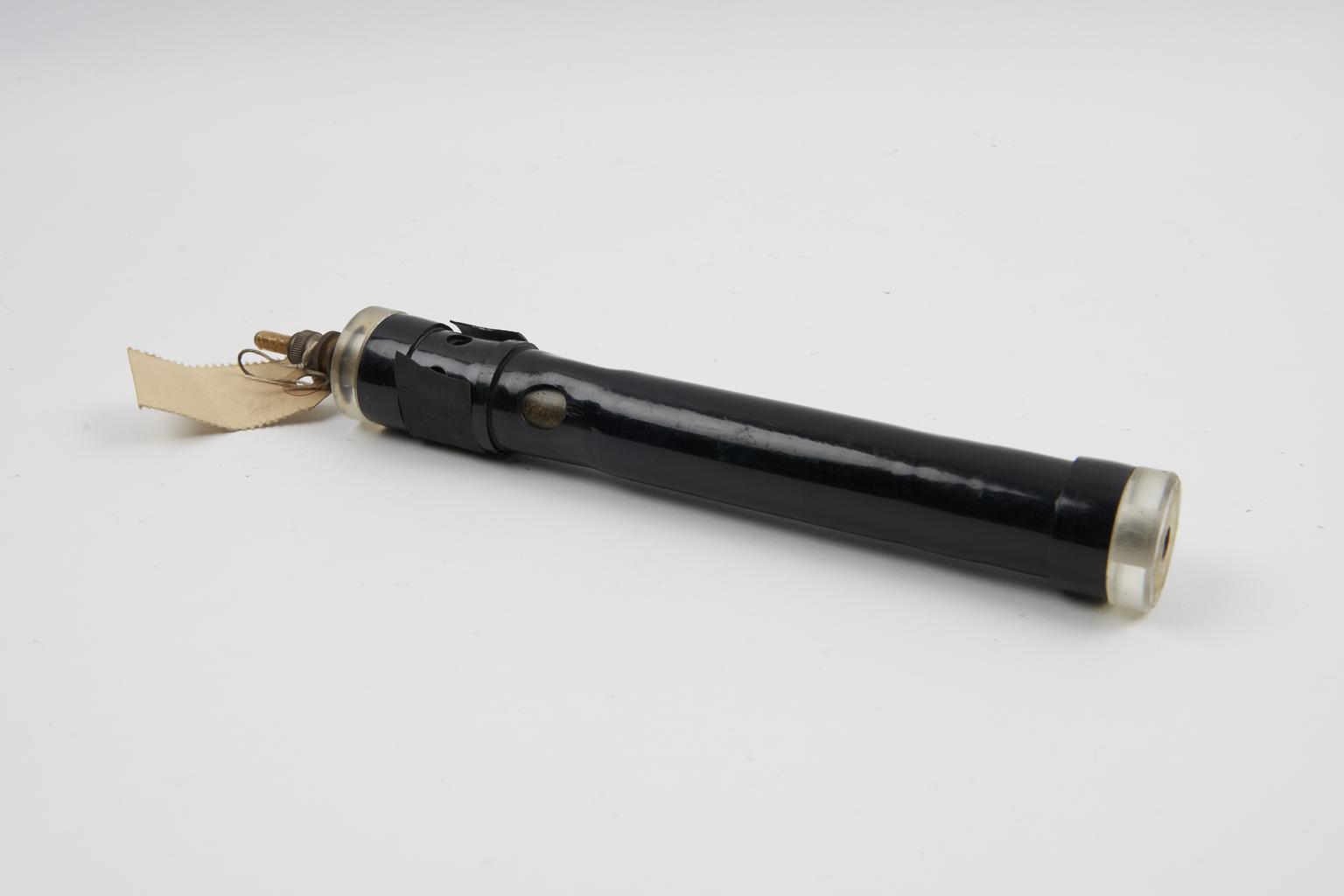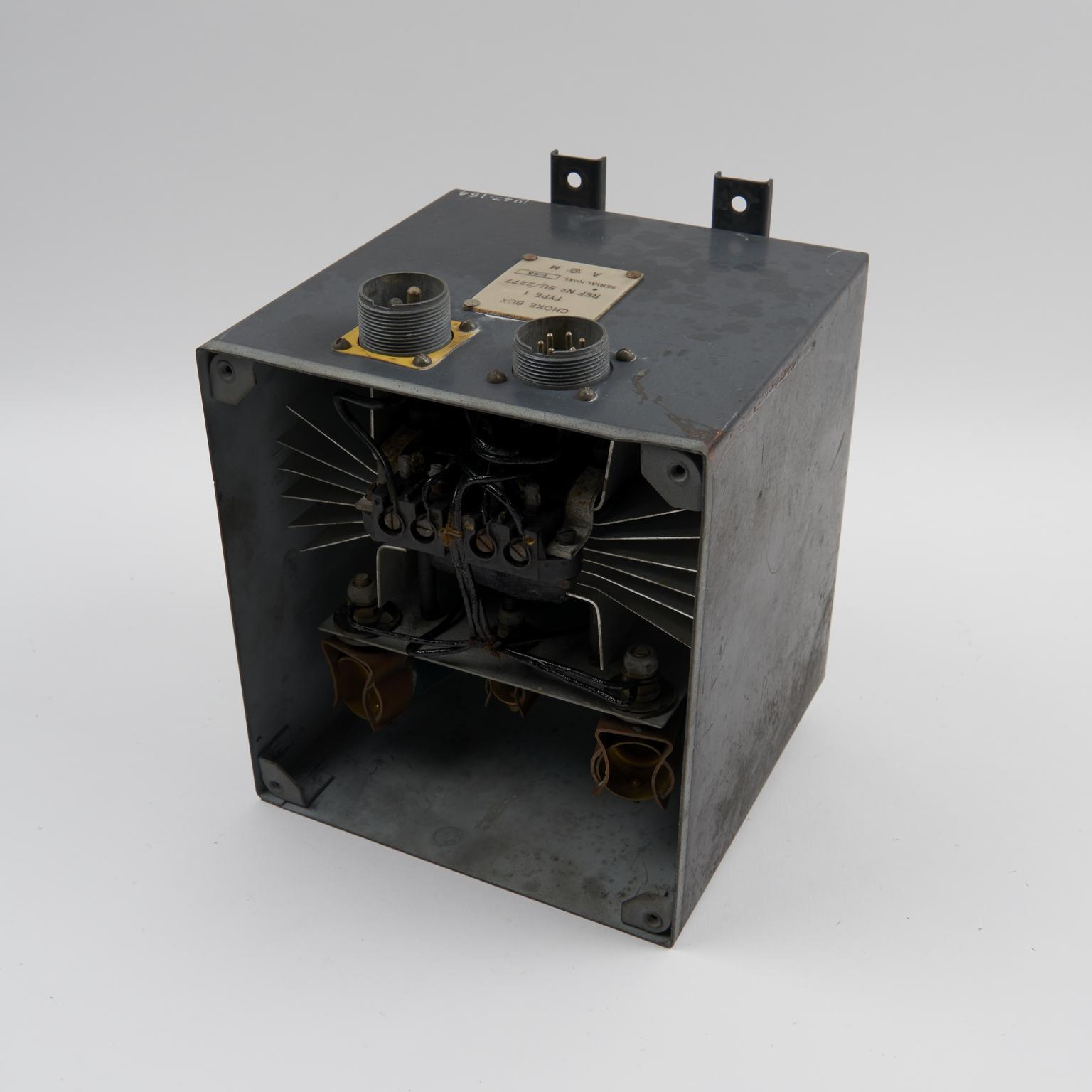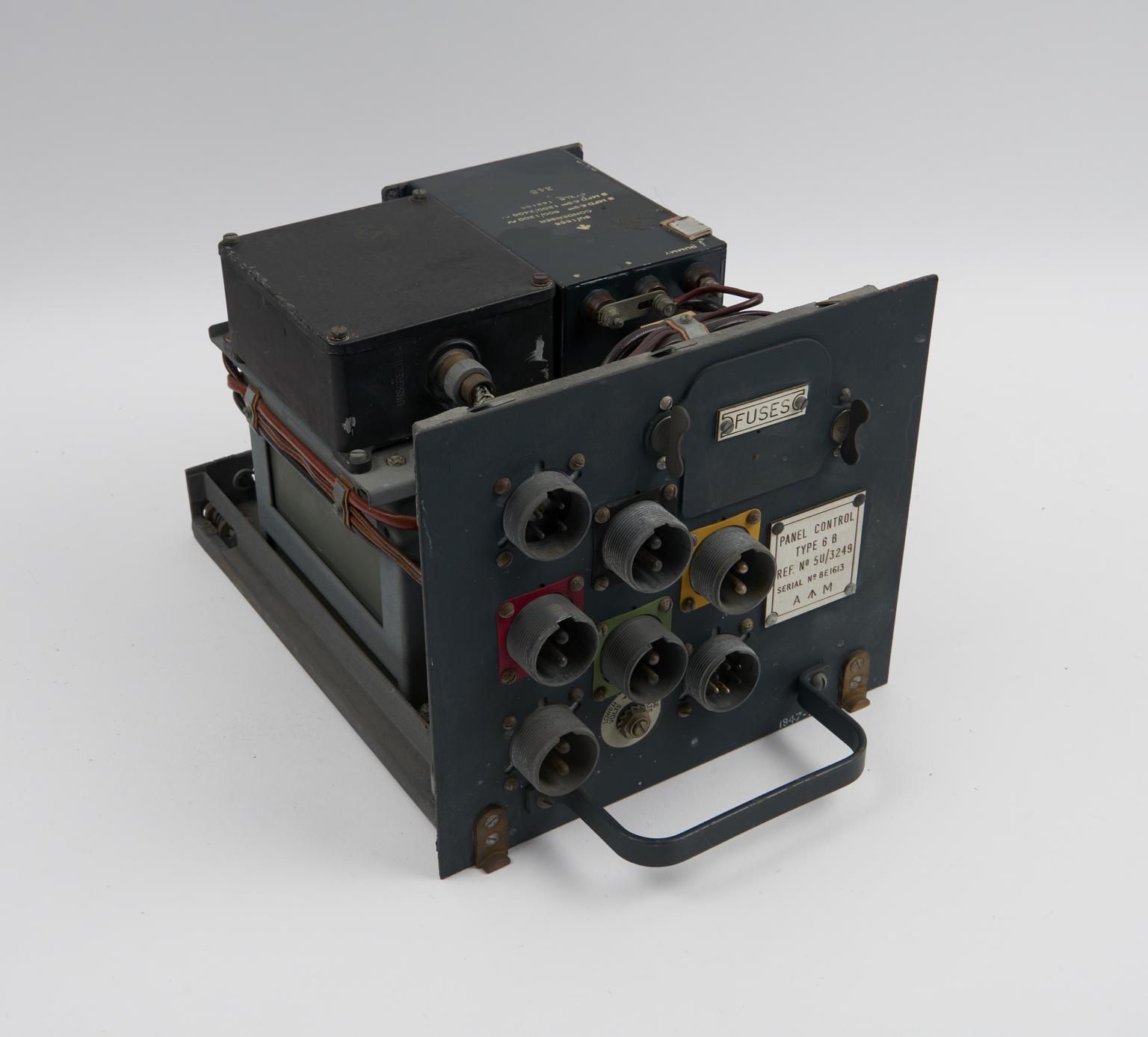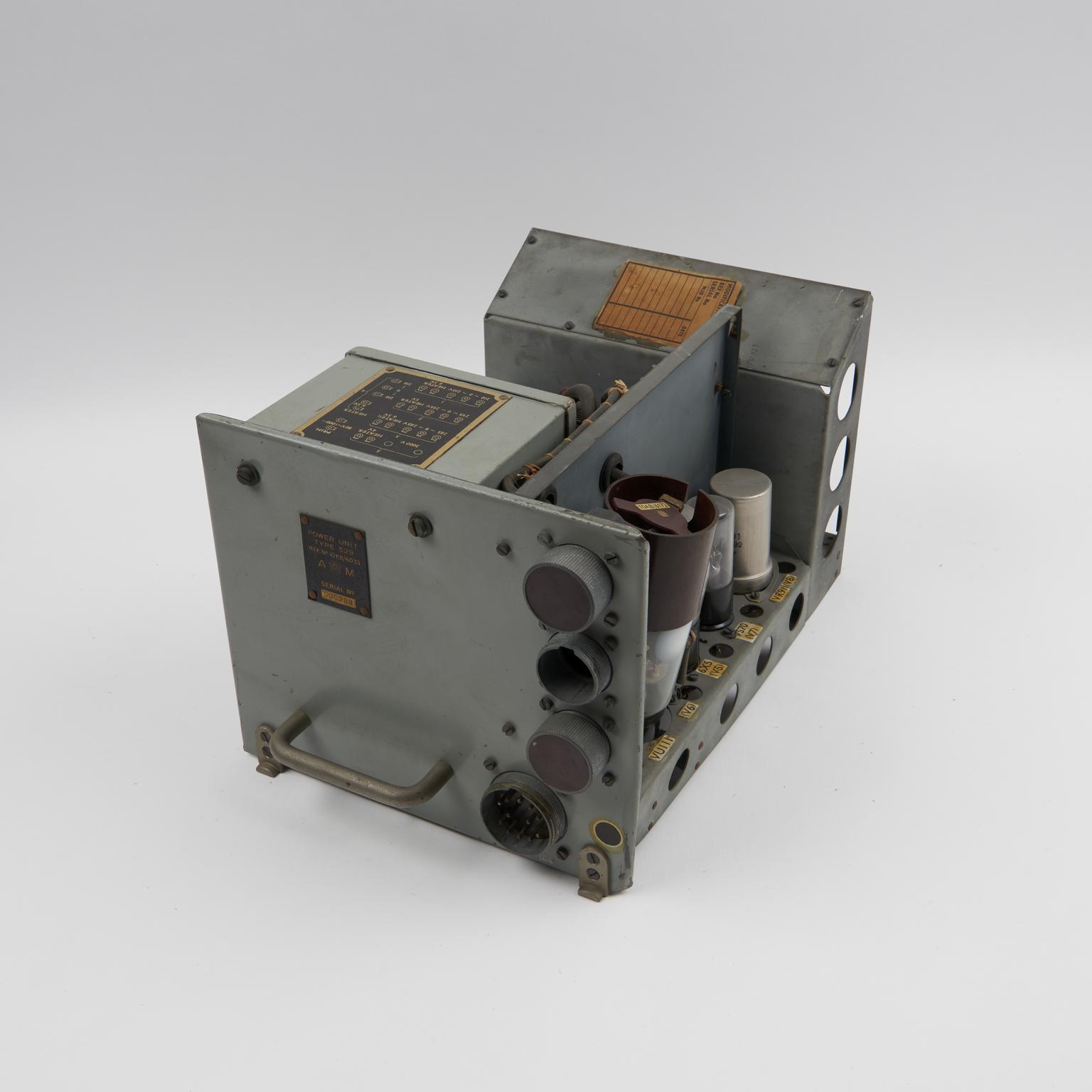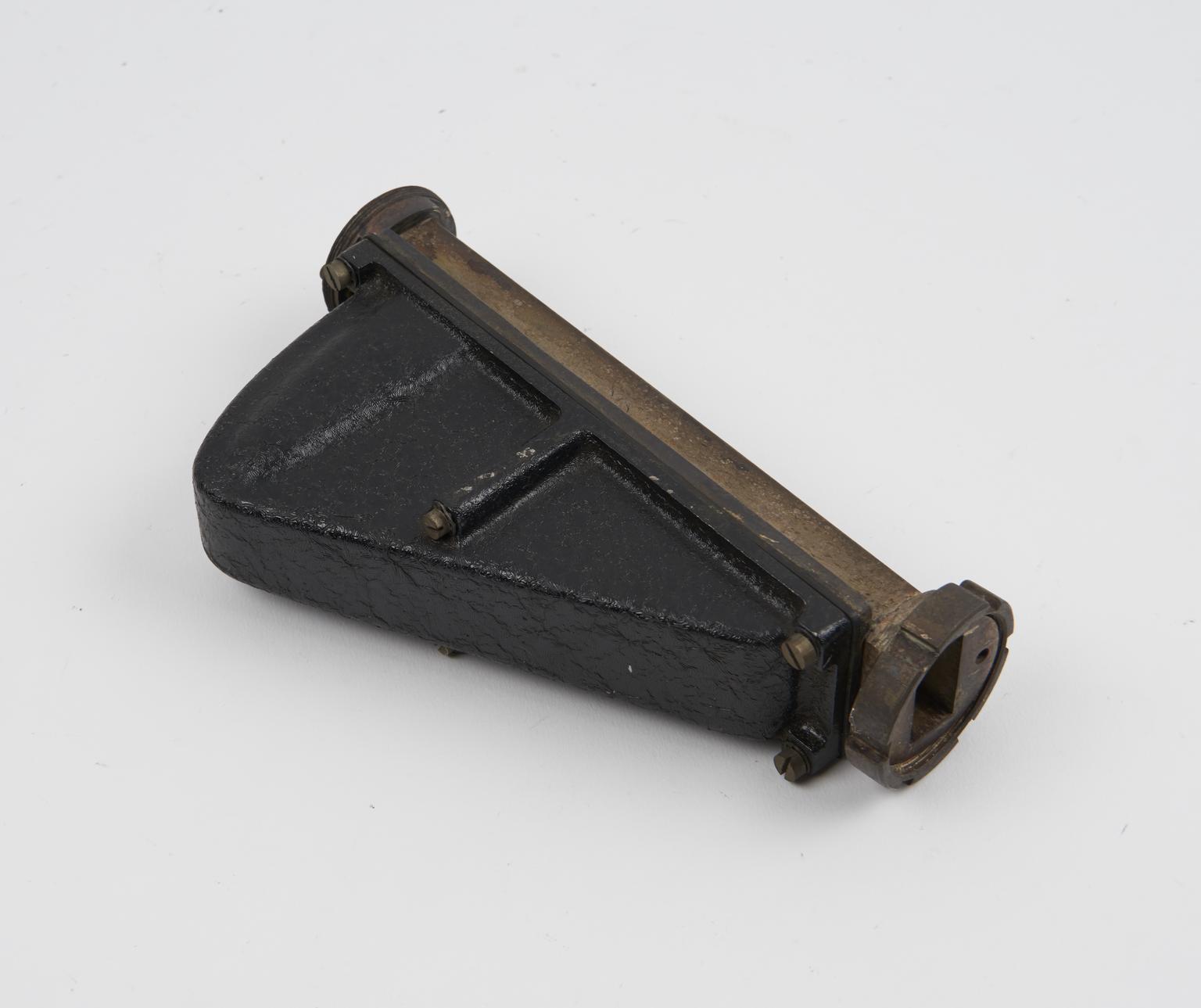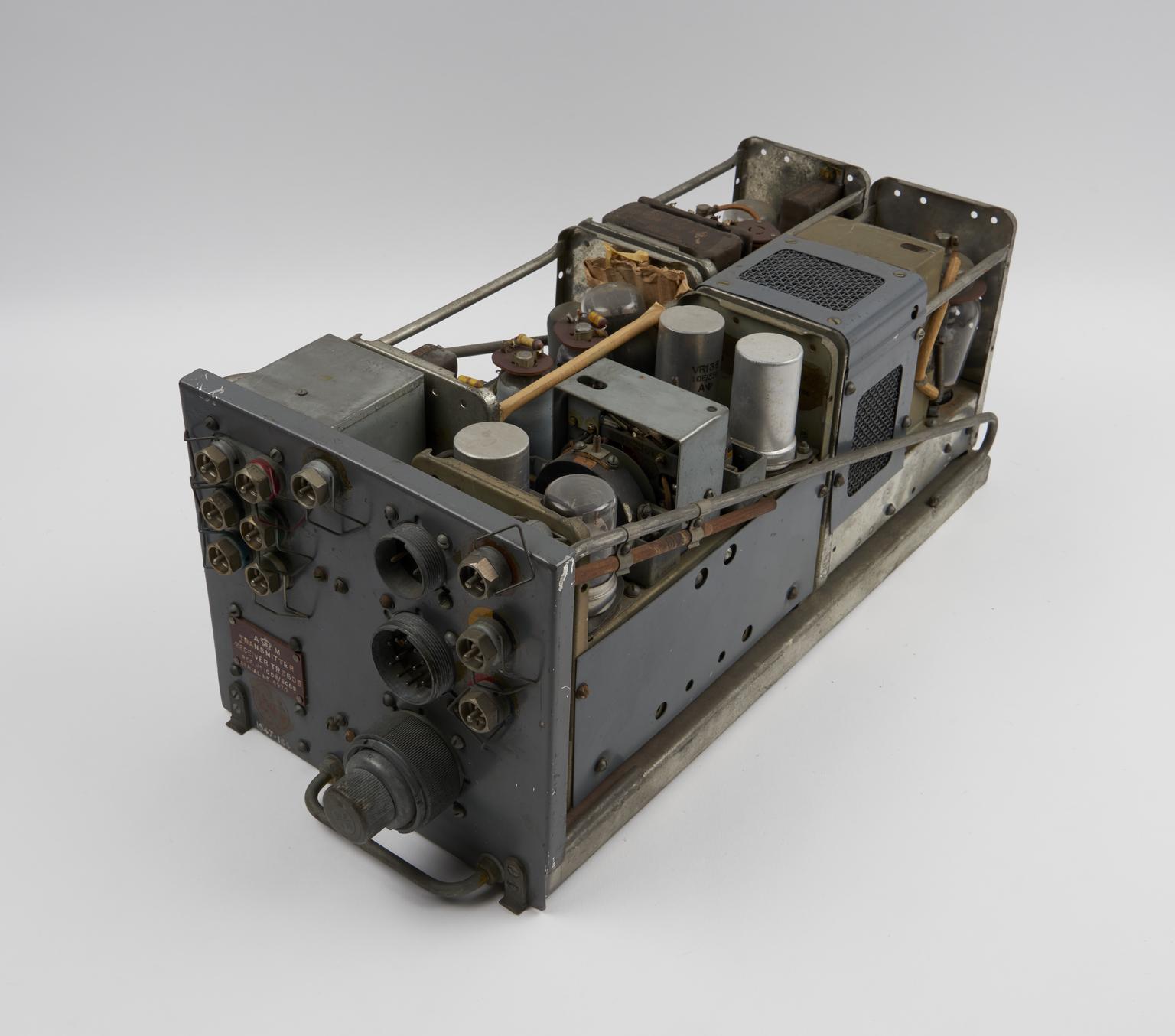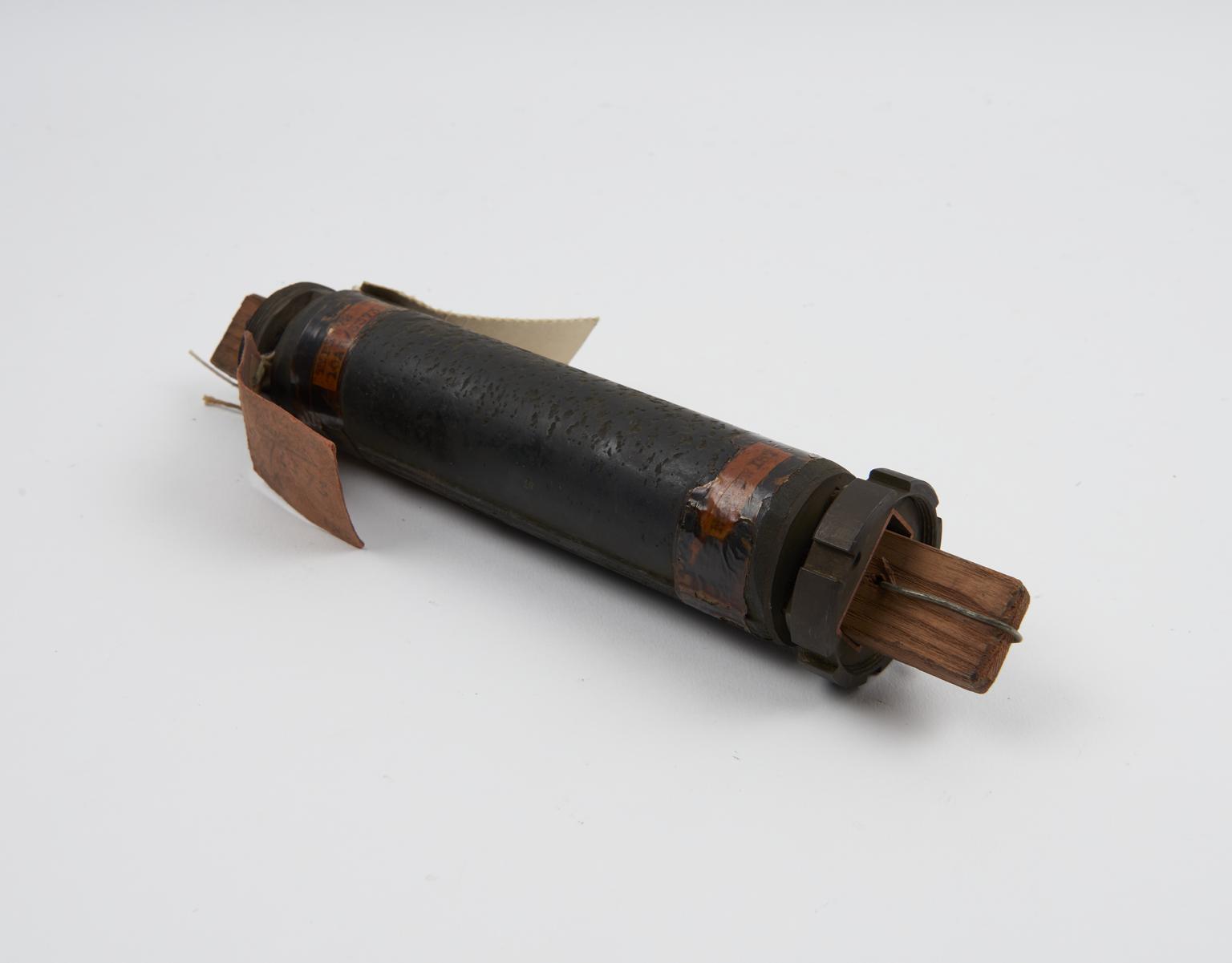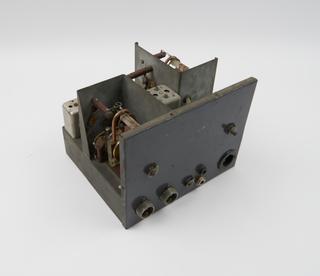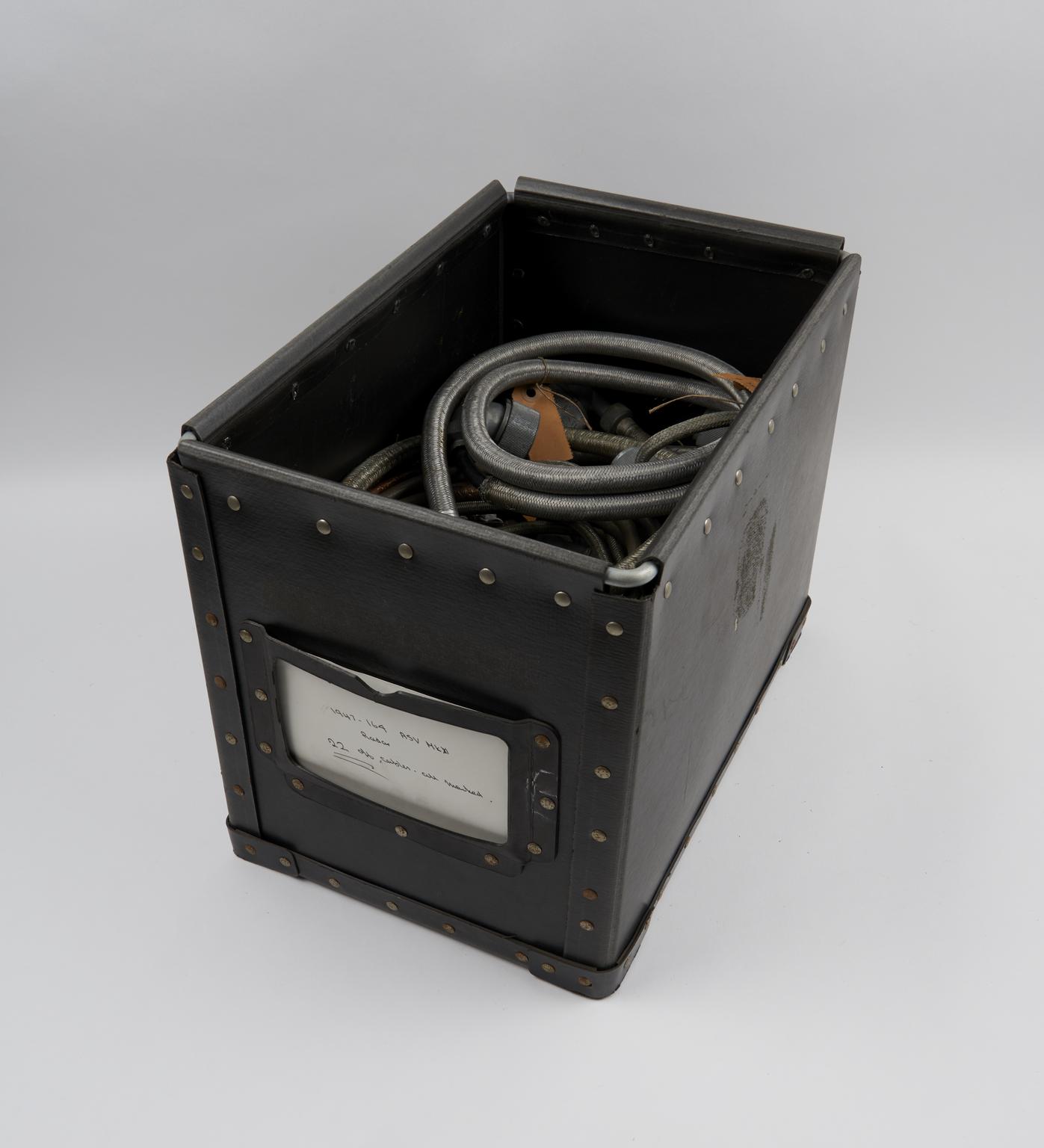
ASV (air-to-surface vessel) Mk XI radar scanner
Scanner for Mk XI air-to-surface-vessel (ASV) radar
More
This equipment was developed in 1942-1943 and used in Royal Air Force (RAF) and Fleet Air Arm (FAA) aircraft from early 1944 onwards for the protection of the Atlantic and North Russian convoys, in mine-laying operations off the Norwegian coast and in patrol duties in British home waters.
Its primary function, like that of the ASV Mk. II, was to detect objects on the surface of the sea such as ships, submarines and coastlines but, my virtue of the employment of 3cm radiation, it possessed many advantages over the earlier equipment.
- Measurements:
-
overall: 12.1 kg
- Object Number:
- 1947-164 Pt1
- type:
- radar equipment
- Image ©
- The Board of Trustees of the Science Museum




